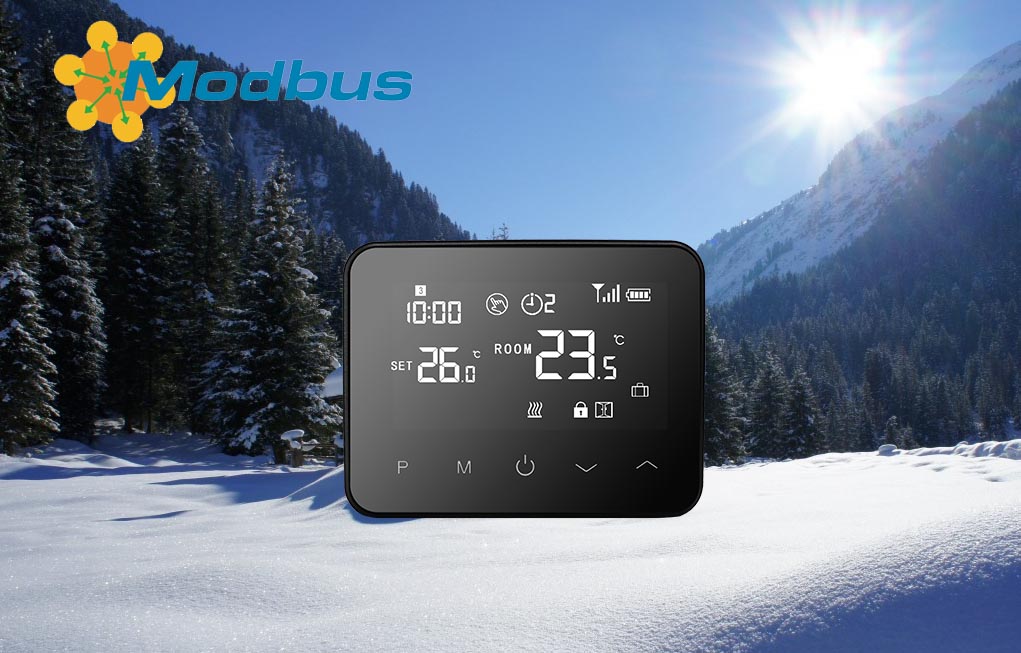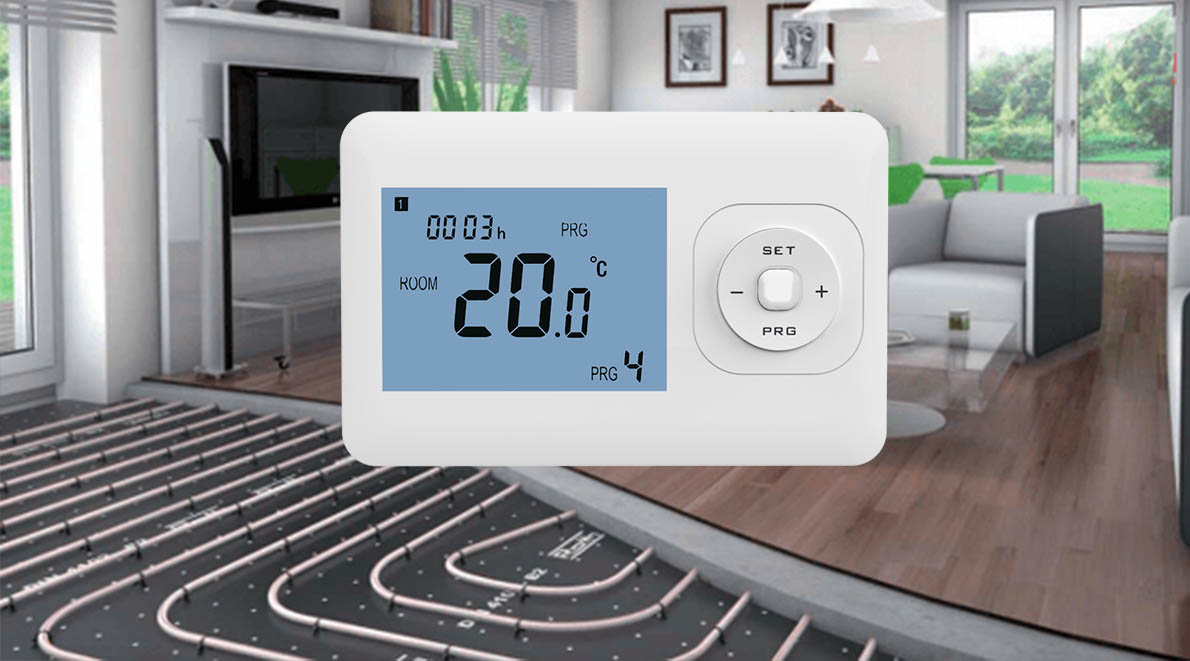Never miss an offer or update. You can unsubscribe at any time.
 Temperature control with Modbus thermostats in the Winter
Temperature control with Modbus thermostats in the Winter
 Underfloor heating thermostat
Underfloor heating thermostat
 Address:No.6 of Tong'an Industrial Park, Meixi Rd,Tong'an District, Xiamen China 361100
Address:No.6 of Tong'an Industrial Park, Meixi Rd,Tong'an District, Xiamen China 361100 Phone:+86 0592 6155792
Phone:+86 0592 6155792 Email:info@etopcontrols.com
Email:info@etopcontrols.comNever miss an offer or update. You can unsubscribe at any time.

